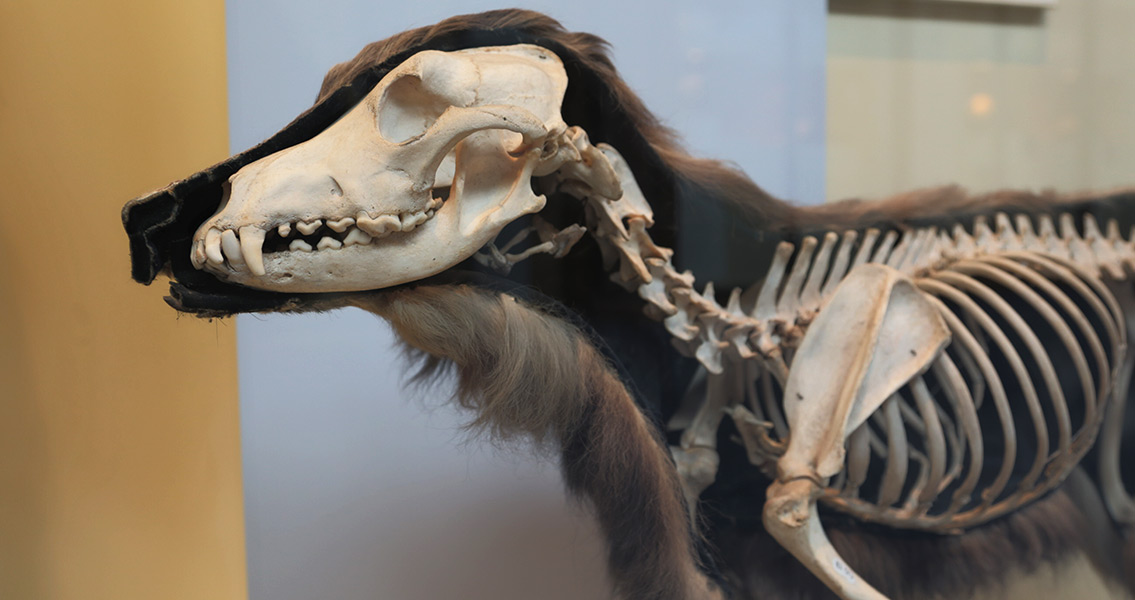<![CDATA[Researchers in Spain claim to have found new evidence suggesting that until around 3,000 years ago, humans in Europe may have regularly consumed small carnivores such as dogs, foxes, and badgers. Human teeth marks and evidence of small animals being skinned and boiled are just some of the discoveries in a recent 24 fossil haul from the cave at Atapuerca, in the Burgos region. Dr. Patricia Martin, of the Catalan Institute of Human Palaeoecology and Social Evolution explained that, "this is some of the oldest evidence documented either in the Iberian Peninsula or in Europe as a whole, and it's the first time human tooth marks are used to confirm the human consumption of these carnivores." While our ancient relatives had some knowledge of tending livestock - the cave at Atapuerca was primarily used for sheltering sheep - food was still scarce so they also relied on hunter-gatherer techniques to survive. It is likely these animals were captured accidentally and valued for their skin as well as their meat. They were probably eaten more often when other forms of food were not readily available. Martin continued, "in some Asian cultures dog meat is considered a rich source of protein or as a delicatessen meat." It seems Europeans made similar conclusions thousands of years ago. Of course, many cultures around the world still consider dog meat a valuable and nutritious meal. Dog meat's supporters argue that it is only habit and sentimentality that separates dogs from other livestock animals. In other words, the only reason that most Europeans and Americans do not eat dog meat is because they consider dogs as domesticated and keep them as pets. In contrast, other cultures see them as no different from any other kind of livestock. According to Dr. Martin, "dog consumption, whilst sporadic, occurs repeatedly in time - from the Neolithic to Bronze age." In comparison to the consumption of wild cats or badgers, which only occurred at an isolated point in the past, the consumption of dog meat has occurred quite consistently throughout history. The Institute for Human Palaeoecology also highlights that the dig at the El Mirador cave represents the first time human teeth marks have been used to identify human dietary habits, rather than the more unsubstantiated process of identifying carbon isotopes in feces and remains. The analysis of teeth marks provides much more precise information. Dr. Martin and her team will continue to research and excavate at the cave at Atapuerca in the hope of finding out more about European history and how we as humans fit into it. Featured Image courtesy of Wikimedia commons user: John Cummings ]]>
Early European Diet May Have Included Dog Meat
